MDF News2
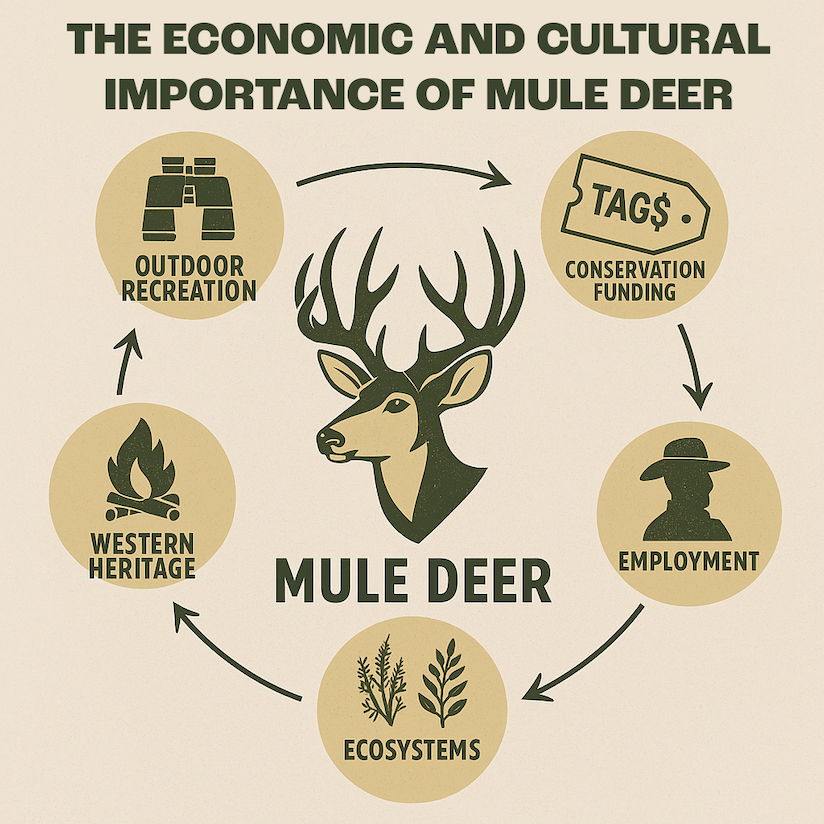
Mule deer are far more than a symbol of the American West, they are a cornerstone of rural economies, a source of cultural identity, and a driver of outdoor recreation that keeps communities vibrant. Whether it’s non-resident hunters fueling small-town businesses in November or families pulling off scenic highways to photograph bucks in velvet, the presence of mule deer creates ripple effects that reach far beyond the sagebrush.
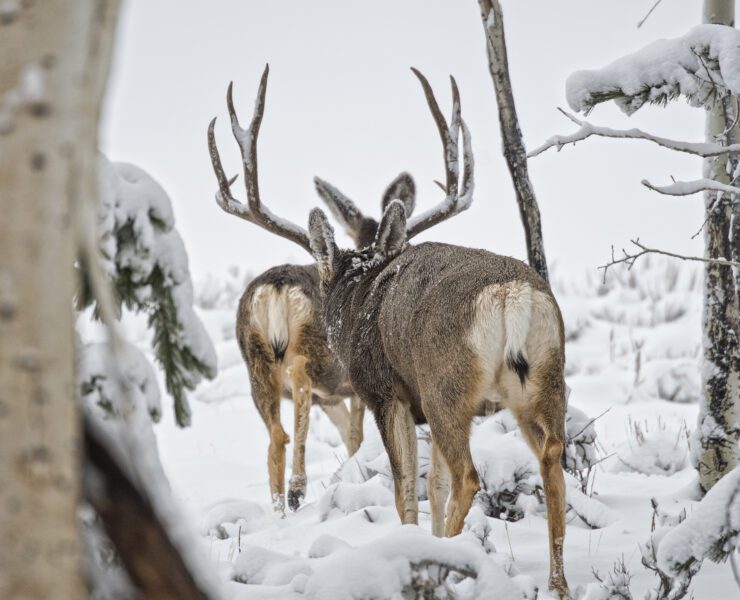
Late-season mule deer hunting offers a unique blend of challenge and opportunity. As November fades into December and winter settles over the West, hunters face both the beauty and the brutality of cold-weather conditions. Snow, wind, and freezing temperatures make access difficult, but they also reveal the habits and patterns of mule deer in ways that earlier seasons cannot. Understanding the dual role of weather is key to a successful late-season hunt.
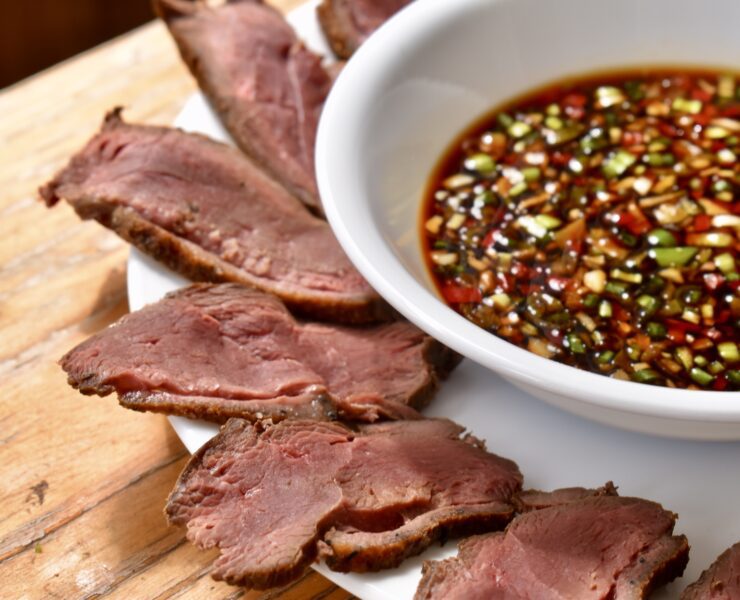
Ponzu is a Japanese sauce used for marinating, dipping, or adding some zip to certain dishes. It’s a soy-based sauce spiked with Japanese citrus (like yuzu, lemon, grapefruit, or kabosu) and evened out with mirin (a sweetened rice vinegar product) and dashi (an umami-rich stock made with dried seaweed and bonito flakes). It comes across as a light and loose soy sauce with a well-balanced flavor profile that provides salty, umami, sour, and sweet notes in even measure.

The winter of 2022–23 will be remembered across the West as one of the harshest in recent memory. In Wyoming, Idaho, and parts of northern Utah, relentless snow and bitter cold combined to create a perfect storm of survival challenges for mule deer. Tens of thousands of deer perished, including entire fawn crops and mature bucks that entered the season in good shape but simply couldn’t endure months of deep snow and subzero temperatures.
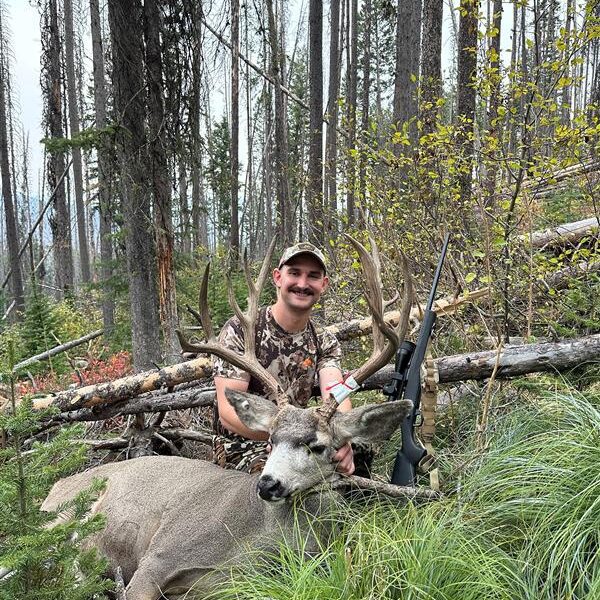
There’s a special kind of pride in tagging a mule deer on your own. No guide, no outfitter, just a hunter and the grit to get it done. Across the West, do-it-yourself (DIY) mule deer hunting has become a defining experience for many who want to earn their success the hard way. Public land offers the opportunity; preparation and perseverance provide the result.
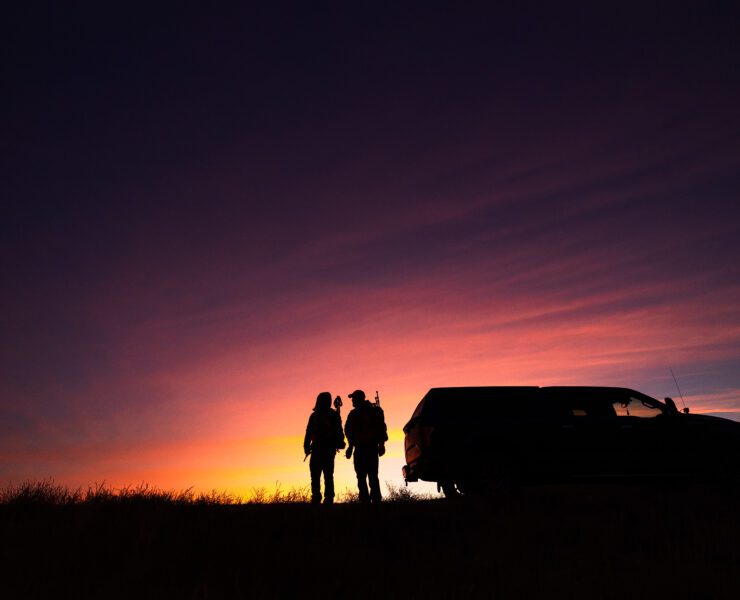
For generations, mule deer hunting has been about far more than filling a tag. The stories, the landscapes, the family bonds forged around a fire or on a frosty ridgeline are what keep our traditions alive. At the Mule Deer Foundation, many of our staff first learned the meaning of stewardship and respect for the animal in family hunting camps, and today they’re raising the next generation to carry it on.
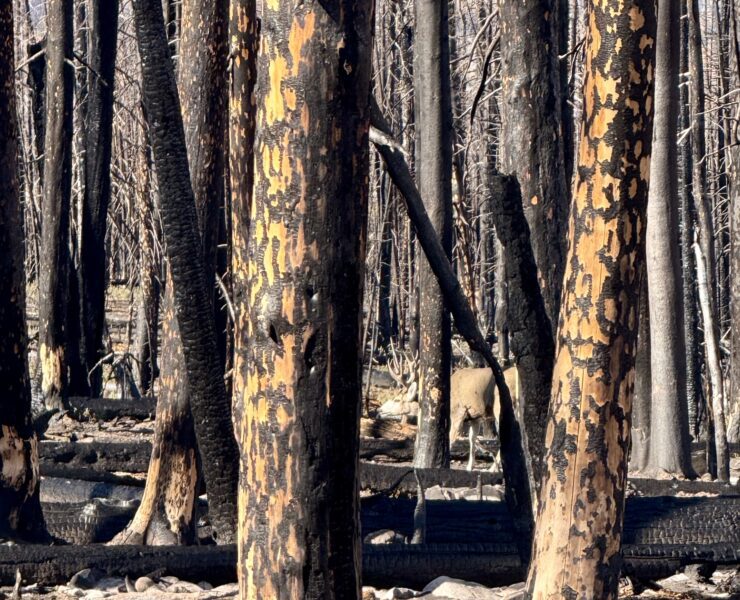
Whether you are hunting early or late season burn areas are a great place to notch your tag this season. Wildfire is one of the West’s most powerful forces. Fires are destructive, unpredictable, and often misunderstood. To the untrained eye, a burn scar looks like devastation. But to a mule deer, it can look like opportunity. In the years after a wildfire, the landscape transforms into a mosaic of nutrient-rich regrowth, young shrubs, and open feeding grounds, all prime habitat for mule deer recovery and herd growth.
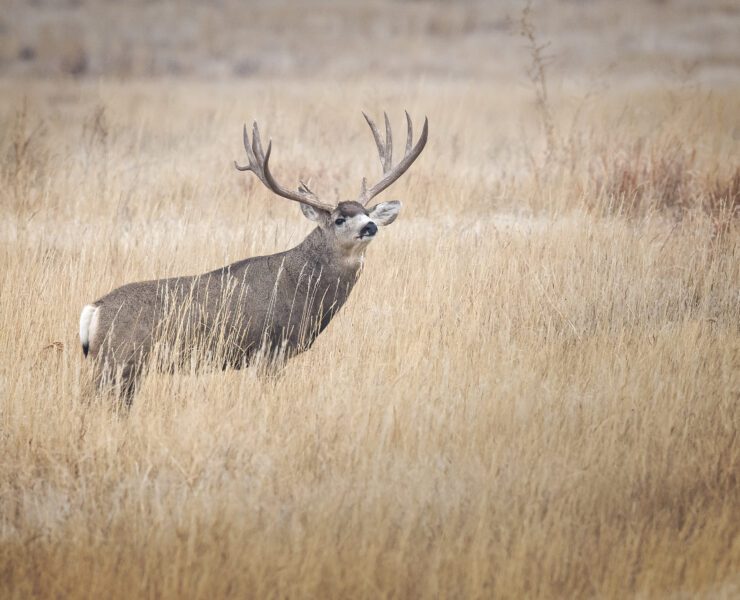
The first time I saw him, it was almost cruel. He stood on the far side of a canyon, antlers catching the last light of the evening. A mule deer buck so wide, so heavy, he seemed unreal. The only problem: he was in a different unit than the one I had a tag for. All I could do was glass across the line and dream.
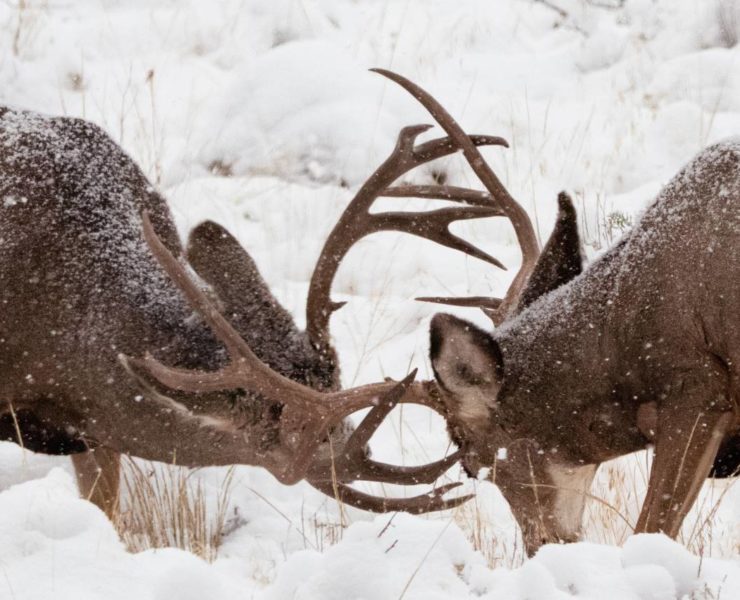
Even though the rut offers a window of opportunity, success still depends on preparation. Start by identifying traditional migration corridors and winter range. In Colorado’s high country or Wyoming’s Red Desert, focus on terrain funnels: saddles, benches, and draws that connect summer and winter habitats. In Utah and Montana, glass south-facing slopes and lower ridges where deer often pause on their way down.

The Mule Deer Foundation (MDF) is seeking a detail-driven Graphic Designer to help tell the story of conservation through compelling digital and print design. You will be responsible for creating assets that mobilize supporters, elevate campaigns, and bring habitat projects to life across ads, email, social, web, events, and print.
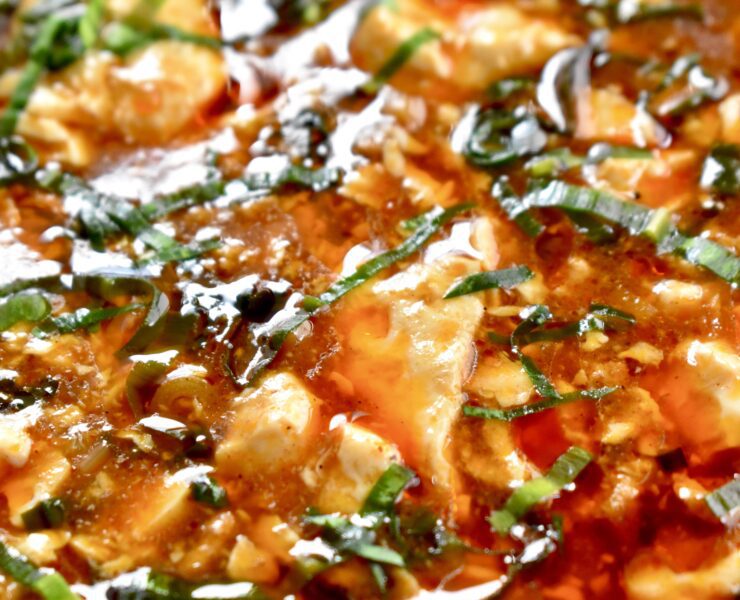
One thing I’ve learned from Eastern cooking is that tofu comes in myriad forms, and each one of those forms plays its own special role. Silken tofu is like a velvety poached egg white, while extra-firm tofu has a texture closer to a brick of cheddar cheese. Smoked tofu can add a special meatiness to dishes, while sweetened custardy tofu can be eaten for a dessert like a pudding. Soft tofu can be cut with a spoon, while dried tofu skins come out more like noodles. Tofu isn’t simply just tofu.

